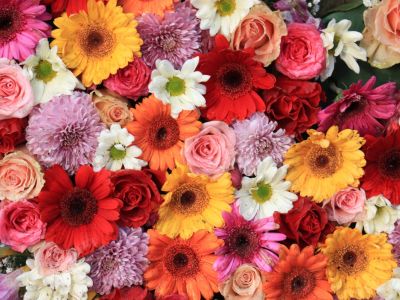Flowers from the Past
Old flowers are fascinating in that they were not initially the primary mode of pollination and reproduction in many instances. While seed producing trees, like conifers, are much older (around 300 million years), the oldest flower fossil currently on record is believed to be roughly 130 million years old. One prehistoric flower, Montsechia vidalii, was believed to be an aquatic specimen which was pollinated with the assistance of underwater currents. Though information regarding flowers from the past is limited, there is evidence which allows scientists to draw conclusions about their characteristics and likeness to modern day blooms.
More Prehistoric Flower Facts
Like many of today’s flowers, it is believed that old flowers had both male and female reproductive parts. Rather than petals, these ancient flowers showed only the presence of sepals. Pollen was likely held high on stamens, in hopes of attracting insects, which would then spread the genetic material to other plants within the same species. Those who study these flowers from the past agree that the shape and the color of flowers likely began to change over time, allowing them to become more attractive to pollinators, as well as developing specialized forms which were more conducive to successful propagation.
What Ancient Flowers Looked Like
Inquisitive gardeners wishing to know what the first recognized flowers really looked like can find photos online of these unique specimens, many of which had been well preserved in amber. Flowers within the fossilized resin are believed to date back nearly 100 million years. By studying flowers from the past, growers can learn more about how our own garden plants came to be, and better appreciate the history present within their own growing spaces.
